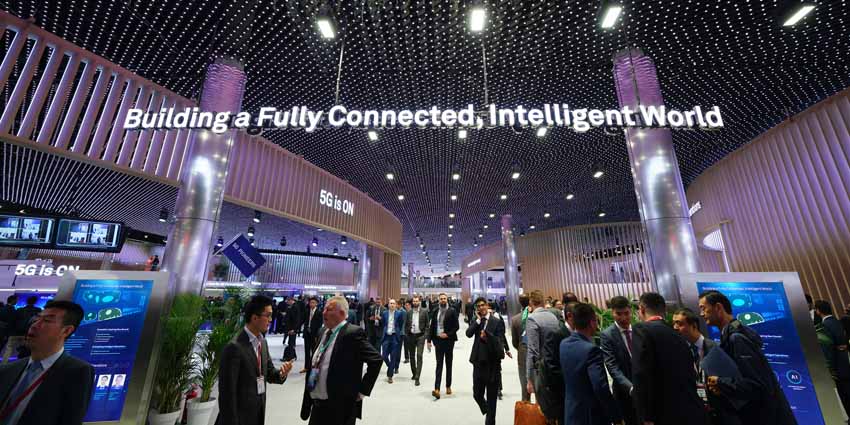Chinese tech giant Huawei Technologies announced on Wednesday it had joined the the Open 3D (O3DE) Foundation as a Premium Member.
The O3DE is linked to the Linux Foundation, which aims to “make an open source, fully-featured, high-fidelity, realtime 3D engine for building games and simulations, available to every industry.”
The Shenzhen-based tech company joined the Foundation as it uses 3D technologies for billions of its users, as well as on more than 700 million active Huawei consumer devices across numerous verticals.
The company’s VR Glass, along with its lineup of phones, tablets, computers, and HI Smart Car platform, uses 3D content to deliver content and solutions to consumers.
Huawei added it expected virtual and augmented reality (VR/AR) content to consume a massive amount of data on its future networks in the next 10 years, prompting the firm to invest heavily in research and development (R&D) to tackle network bandwidth requirements.
Huawei has considered its 5.5G networks for delivering 3D content with lower latency and faster speeds.
Open source platforms such as O3DE will allow greater interoperability across technologies and scale up capabilities to facilitate sectors of the economy’s digital transformation.
The company added that as it worked on 3D technologies, it would need to “work in silos across different technologies, tools, and platforms”.
Open source 3D engines would allow its teams to build 3D tools to meet “their own respective needs while simultaneously collaborationg across shared technologies,” a company statement read.
Huawei’s Cloud VR Strategy Amid Trade War
The news comes just years after Huawei OpenLab outlined its Cloud VR strategy as the company planned to expand its services to facilitate increasing traffic on its network structures.
Huawei’s Cloud VR aimed to include services across gaming, healthcare, media and broadcasting, marketing, education, tourism, social media, and many others.
But Huawei addressed issues in building networks to deploy and accommodate Cloud VR solutions, stating:
“Latency is a key constraint of the entire solution. Compared with local VR, the Cloud VR system has a longer latency, which may cause motion sickness if not properly controlled”
Huawei’s shift to open-source is also understood to come amid the ongoing trade war between China and the United States, which saw Washington slap trade restrictions on the Chinese firm and block its access to US technologies such as semiconductors and proprietary software in May 2019.
Rival firms have launched similar initiatives, including Qualcomm, who unveiled its millimetre-wave (mmWave) 5G technologies at the Mobile World Congress (MWC) 2021 event in early July.
Qualcomm’s mmWave infrastructure aims to facilitate high data rate transfers to reduce latency for networks, including for VR/AR systems and to build a ‘boundless extended reality (XR) network.
Additional global telecoms will explore options in buildling such infrastructure, which is quickly becoming a key component of the global XR industry.







